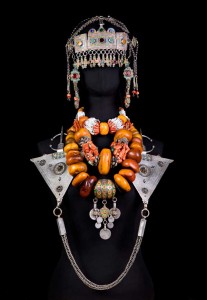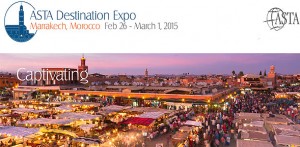Archive for December, 2014
Morocco is known for its artisans and the art of the jeweler or silversmith is one of many crafts practiced today. During your trip to Morocco you can watch artisans at work, marvel at the workmanship and detail of pieces in the jewelry souks and even negotiate the purchase of…
ASTA (American Association for Travel Agents) will host its first Expo in Marrakech, Morocco from February 26th – March 1st, 2015. The ASTA Expo is geared towards Morocco Travel Agents and dedicated to showcasing Morocco and teaching industry professionals how to sell Morocco as a destination. The ASTA Marrakech Expo…
The Koutoubia Mosque, visible from many vantage points of Marrakech and towering over the world famous Jmaa el Fna Square, is an iconic symbol of the so-called ‘Red City.’ At 77 meters (over 252 ft), it dominates the skyline and is a useful orientation aid. Look out for the minaret…
Traveling abroad can seem daunting for those who have special dietary requirements or allergies. For people who follow a gluten or wheat-free diet, with its staple carbohydrates of bread and couscous – can seem particularly challenging. Do not worry – you can enjoy a great trip to Morocco – even…





